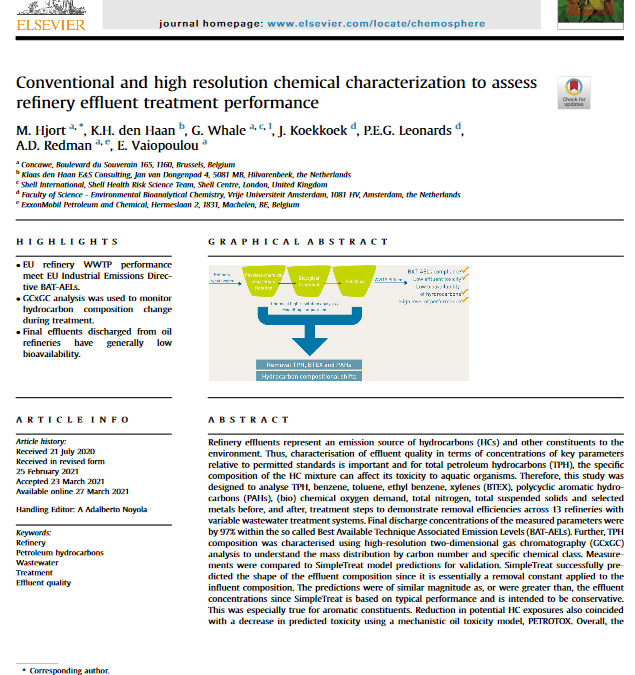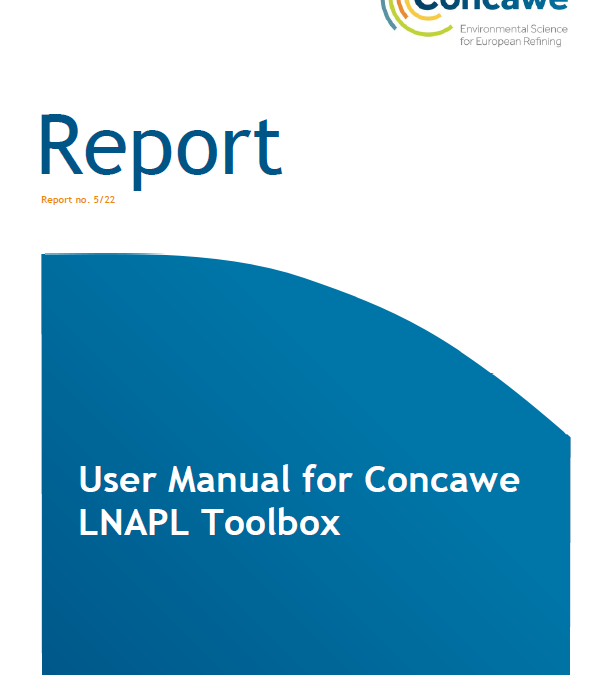

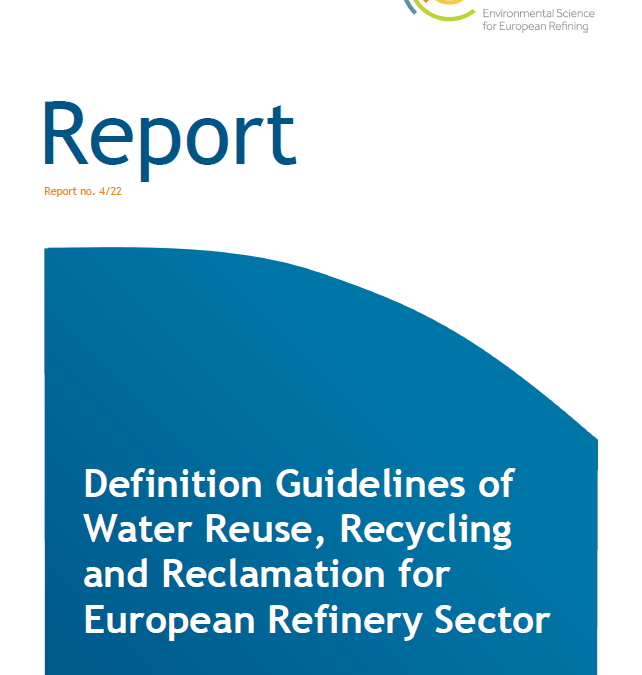
Definition Guidelines of Water Reuse, Recycling and Reclamation for European Refinery Sector
Report no. 4/22: The current Best Available Techniques (BAT) Reference document (BREF) for the mineral oil refining sector (REF BREF) contains requirements such as reducing water consumption by water recycling and internal water reuse. However, the terms water reuse,...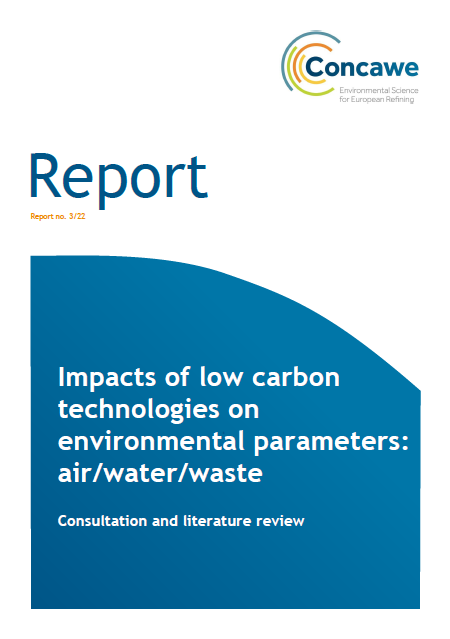
Impacts of low carbon technologies on environmental parameters: air/water/waste
Report no. 3/22: Concawe’s Low Carbon Pathways (LCP) programme aims to identify opportunities and challenges for different low-carbon technologies and feedstocks to achieve a significant reduction of the carbon dioxide (CO2) emissions associated with both the...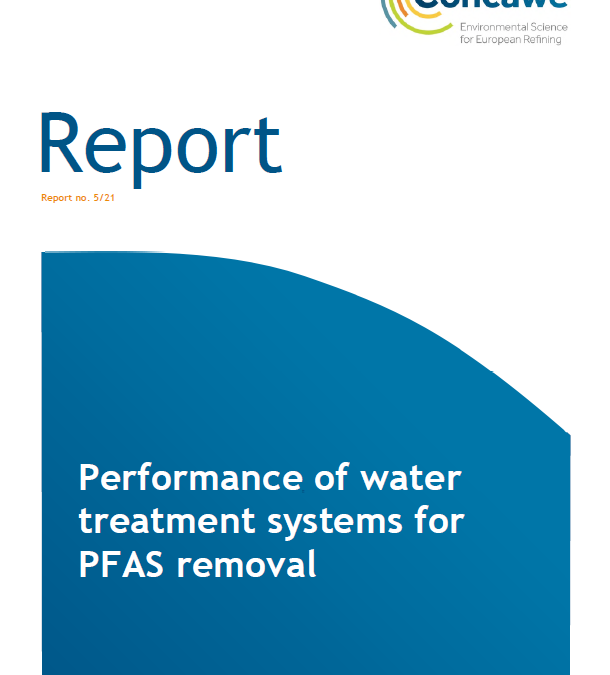
Performance of water treatment systems for PFAS removal
Report no. 5/21: Per- and polyfluoroalkyl substances (PFAS) are a group of widely used man-made organic chemical substances. They contain alkyl groups on which all or many of the hydrogen atoms have been replaced with fluorine. As such, they contain at least one...